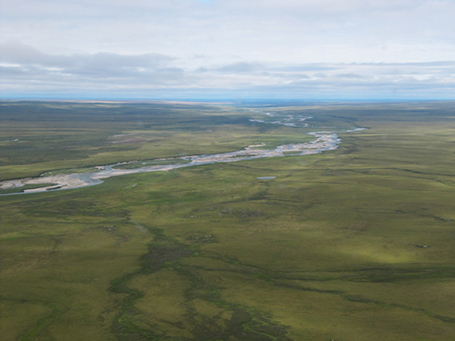Biomass offsets little or none of permafrost carbon release
Scientists who study climate and ecosystems in the Arctic have weighed in on future changes in the region affecting soils, streams and wildfire, which will be releasing greater amounts of carbon dioxide and other greenhouse gases into the atmosphere.Because the Arctic is home to billions of tons of naturally occurring carbon […]
